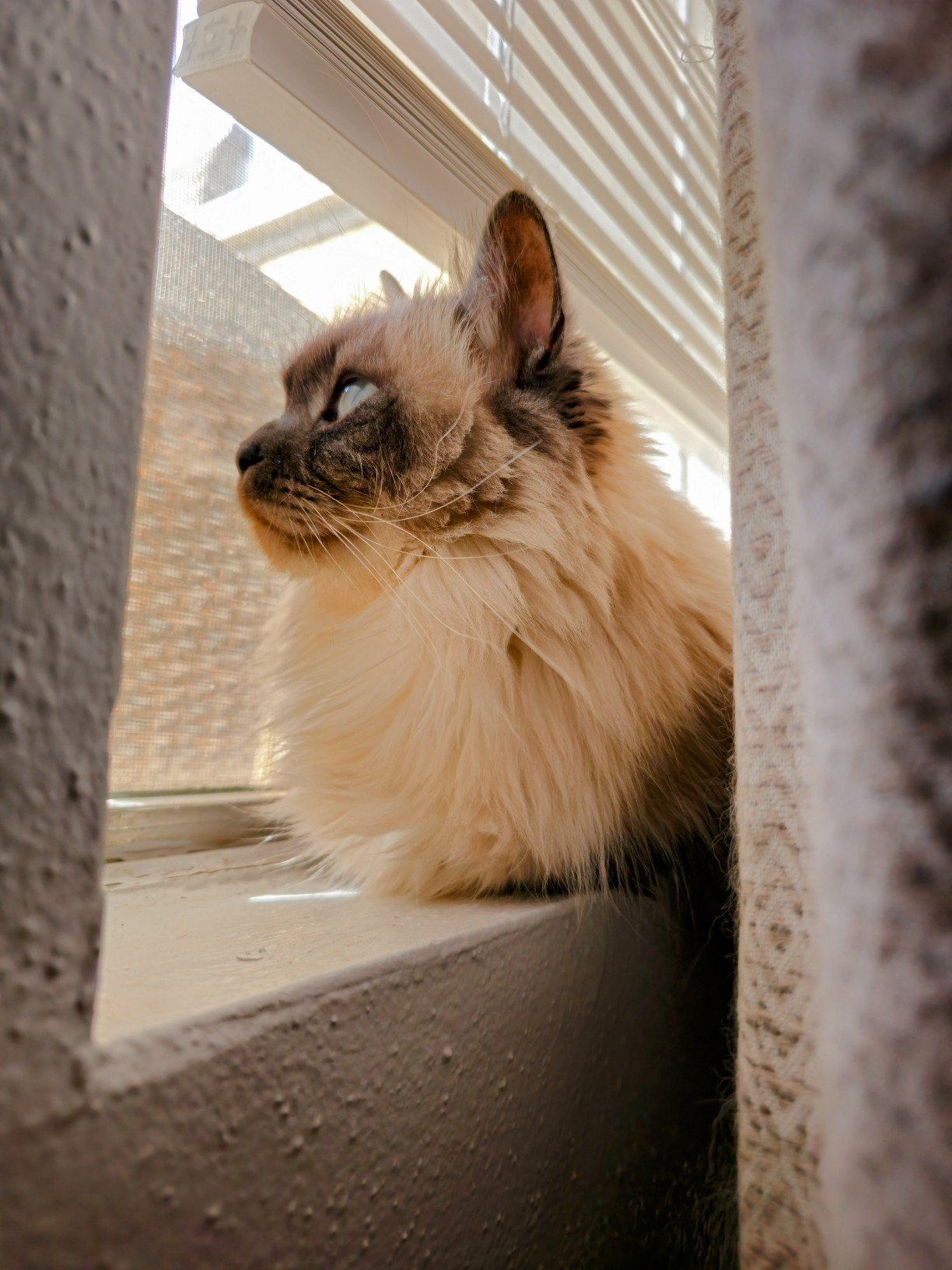
Well, if you have just 1 name, then technically, it’s your first, middle, and last name at the same time

Well, if you have just 1 name, then technically, it’s your first, middle, and last name at the same time


I tried the one on the play store


God I want call screening like Google has it. If I don’t have the number in my history or contacts, just quietly screen the call, hang up if it’s a scam and buzz me if they reply and are not obviously a scam.
This is what Pixel phones can do. Samsung has the screening thing but it’s manual and it’s not nearly as good


Sad spyware and adware noises


They put some under-the-hood improvements in 10 that they didn’t put in 7, such as a new display driver model and Directx 12.
But that does not make a difference to most people. Industry desupporting of Windows 7 is the biggest con to it.
Eventually, 10 will share 7’s fate. So you’ll have both 10’s regressions and 11’s and so forth to live with as long as you’re on Windows. You can’t stop Microsoft from desupporting and killing their software in the long run.
Microsoft has a multi-decade history of enshitification when they do not perceive any major threats. Internet Explorer, DirectX, Windows Server, etc. all rotted. Some of these are still active and supported, yes, but they all peaked years ago and are aging poorly. Microsoft doesn’t really do the labor of love thing much when customers are bagged.
Linux may be able to dethrone them to an extent if it can reach an ease of access/UX that most people are comfy with. And it has made huge strides over the years. It can also run most Windows software very well.
Mac is still priced very high and still feature-limited and a 2nd/3rd-class citizen when it comes to platform targeting. Offering lower priced conputers would make them a pretty big threat I think.
I think ChromeOS is a decent threat to Windows but it loses tons of features vs all the other options. At least it is really cheap and easy to use.
Using swap isn’t always a sign you need more RAM. Typically, if you use a computer for a while or have a lot of IO operations going on, Linux will decide to swap some things to make more room for cache.
Sometimes Linux just finds that you have a bunch of inactive app memory and it can swap that out to cache way more stuff. That’s just good memory management, but it’s not worth buying more RAM over
What is a cache file?


TVs have a history of listening and collecting a lot more data than a smart device.
With a TV device like an android or Linux box, you can prevent that as well as ad-injection because you can install whatever you want on the device and it’s not as locked down as a TV. You can even disable or physically remove recording devices if you’d like, and many smart boxes do not even come with them.
Also, a pihole does not guarantee you filtered out everything or prevented the TV from interfering with your experience.
A TV can also change its policy on the fly and suddenly start injecting ads. Many TVs do this to add additional income after your purchase.
I wouldn’t put swap on an SD card, no. Even if it had an NVME, it seems like putting up at least a double-digit percent would be more effective than 1%.
Also, since 6.1, swap has been a lot better, with MGLRU. ChromeOS gets away with paltry amounts of RAM due to swapping. So classic overcommitting seems fine as long as you don’t run into situations where more RAM is active at once than is available by hardware.
I think the question is: if a person is going to make such a tiny swap, why even use swap?
Such a small swap is unlikely to save a system from memory problems and it’s does not seem likely to make a noticeable difference in performance when it’s only able to swap out small amounts of memory.
Why wouldn’t one just put in larger ZRAM or a larger Swap with a reduced swapiness?
If I have a raspberry pi with 1 GB ram, I don’t think a 2 MB swap is worth bothering with.


Yeah, the security in knowing that if you’re way top busy right now, you don’t have to install or even download any updates. And you don’t have to worry your system will suddenly become crashy, glitchy, and unstable because it decided on its own to install some things and let you know you can reboot whenever.
It’s so freaking annoying I have to use Windows at work. It takes liberty to do what it wants and then my workflow gets hosed.
I get that there is security, but if you force updates, I should have some kind of notice or “hey, we need to install mandatory updates. You can schedule in the next 24 hours when or you can get them over with”


What distro?
I see your point. It’s much weirder to say one thing is also the middle thing. It’s probably much safer to say you have a middle name only if you have an odd number of names greater than one. You safely (IMO) have two middle names if you have an even number of names greater than two.